DIY Landscaping Guide For Beginners
Welcome to our DIY landscaping guide - a world where your yard becomes your masterpiece. In Richmond, your outdoor space isn't just grass and plants. It's a place to unwind and enjoy every season.
Imagine stepping outside to a beautifully landscaped yard under the Virginia sun. With guidance from
landscaping professionals and the right tools, you can make your yard more inviting and increase your home's value.
This guide is here to help, whether you're new to gardening or want to spruce up your yard. Let's explore how to create a vibrant, functional landscape that reflects your style and fits Richmond's climate.
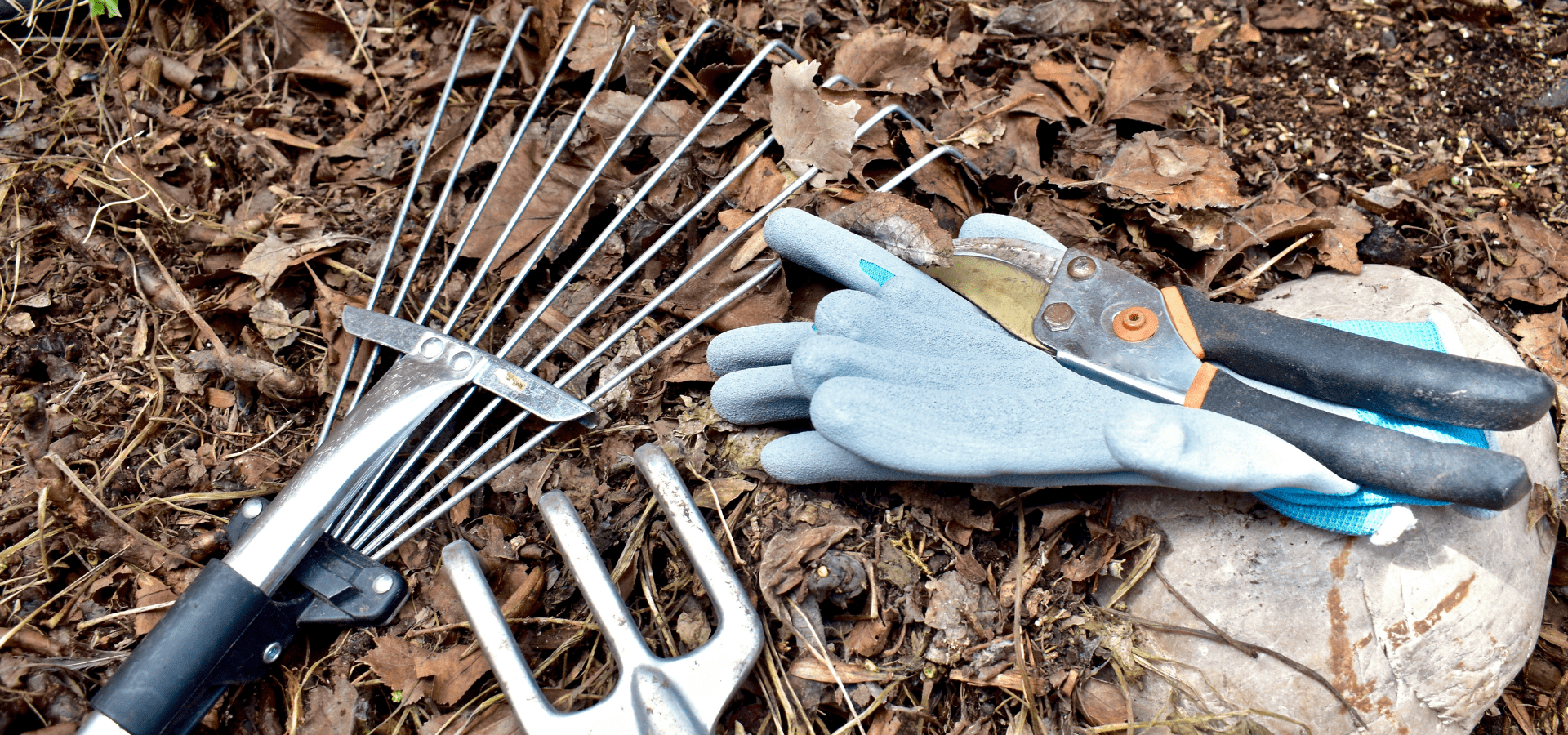
Planning Your Landscape Designs
Planning your landscape involves understanding your yard's layout. It's about envisioning how different elements, like plants and pathways, can work together to create a welcoming environment.
Understanding Your Space
Assess your yard's layout and size by measuring different areas. Decide which areas are best for grass, flower beds, and vegetable gardens.
Note factors like sunlight exposure and soil conditions to help you choose the right plants. Wander through your yard at different times of the day to select the best design elements for your outdoor space. Are you in full sun? Or is a particular spot always shady?
Setting Goals
If you’re starting with a blank slate, you might not be able to accomplish everything in one summer. Set goals so you can appreciate the progress you make.
- Prioritize tasks based on budget and time constraints. For example, say you’re starting in late August. If you need grass before winter, you might select sod over seeding. That way, the lawn has time to get established before the cold winter.
- Choose sections of your outdoor design to tackle rather than feeling overwhelmed by the entire project. Here are some examples.
- Set a goal to build garden boxes for a vegetable garden before the end of May.
- Create an outdoor kitchen in June to enjoy grilling and entertaining during summer.
- Plant shrubs along the back fence in July.
- Light a pathway from the outdoor dining area to the vegetable garden.
- Focusing on smaller tasks helps you create your own DIY landscaping guide. Write goals in a notebook or spreadsheet to track your progress and costs.
Essential Tools and Equipment
New homeowners need some basic tools to get outdoor jobs done. But it doesn’t mean you need to fork out a lot of money for every possible tool.
Check at yard sales and thrift stores for low-cost used options. Homeowners on online marketplaces sometimes even give away unneeded tools for free.
You can rent specialized yard equipment at reasonable prices. If you need a rototiller, check with the local home and garden store or tool rental outlet before buying. There are ways to start your landscaping journey without costing as much as you think.
Here are some tools beginner homeowners need for yard work:
- Shovel: Digging and moving soil.
- Rake: Clearing debris and leveling soil.
- Pruning shears: Trimming plants and bushes.
- Garden hose with spray nozzle: Watering plants and cleaning surfaces.
- Lawn mower: Cutting grass.
- Hand trowel: Planting small flowers and vegetables.
- Wheelbarrow: Transporting heavy landscape materials like bark dust and mulch.
Safety Gear
Nobody wants to turn into their parents. However, safety equipment is part of any DIY landscaping guide. Gloves protect your hands from harmful chemicals, allergens, and weeds with stickers.
Safety goggles keep your eyesight intact. Even lawn mowers shoot up small rocks, so protect your eyes.
Learning how to use yard tools properly will also keep you safer. Weed eaters may seem like simple tools until you whack your leg with the rotating string.
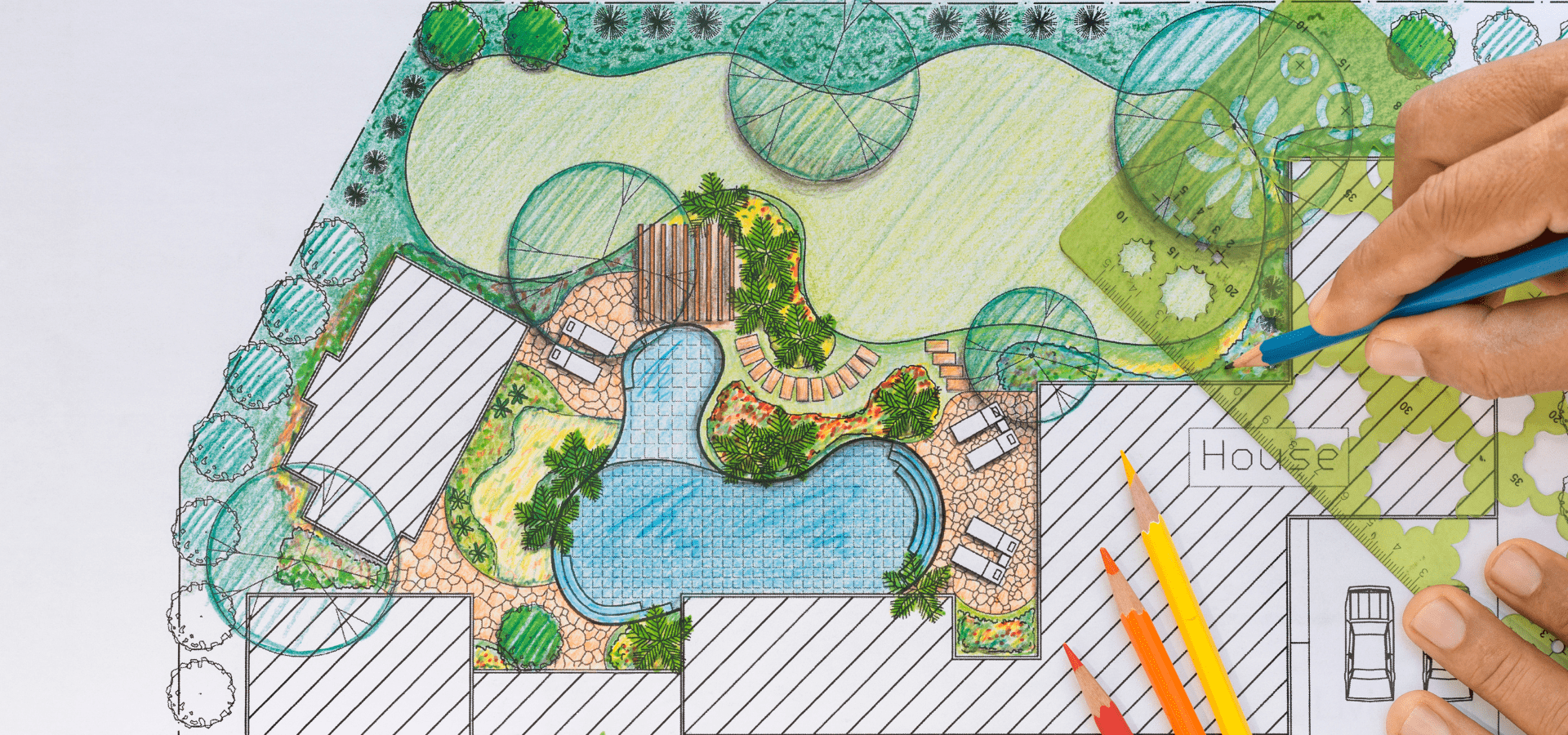
Designing Your Landscape
You’ve set some goals and picked some yard tools. Now, it’s time to create a design.
Creating a Blueprint
Earlier, we talked about measuring your outdoor space. Those measurements help you start sketching the layout of your yard. Note existing features like trees, decks, or garden sheds. It even helps to jot down where you store garbage cans, if there’s an air conditioning unit, and where the composting area lies.
This visual plan helps you strategically place pathways, garden beds, and outdoor seating areas. It helps you build a map to enhance both functionality and visual appeal.
Consider factors like sunlight exposure and traffic flow to optimize your design for seasonal enjoyment. You don’t have to be the world’s best artist. Instead, concentrate on capturing the big details in your yard.
Choosing Plants
Select suitable plants for Richmond's climate. Consider investigating native species and drought-tolerant plants for your plant selection. They’ll help you conserve water and create a low-maintenance outdoor space.
Group plants according to how much sunlight they need throughout the day. Space them according to individual instructions so their roots have enough room to grow. Some plants tolerate overcrowding for a fuller look.
Doing homework and planning can help you create a DIY landscaping guide that works in your outdoor space.
Here are some native Richmond plants that love the full sun and are drought-tolerant to consider for one grouping.
- Virginia Sweetspire: A deciduous shrub with fragrant white flowers in spring and brilliant red leaves in fall
- Butterfly Weed: A perennial with vibrant orange flowers that attract butterflies
- Eastern Redbud: A small tree with pink to purple flowers that bloom profusely in early spring before the leaves emerge
- Black-eyed Susan: A perennial with bright yellow flowers and a dark center. It blooms from midsummer to fall, attracting pollinators like bees and butterflies.
Preparing Your Soil
Start with soil testing. This simple step helps you understand your soil's pH levels and nutrient content. Then, you can choose the right plants and amendments for optimal growth.
Purchase a soil test kit online or from a garden center. Or you can send a sample to a local extension service. Follow the instructions carefully to collect and prepare the sample. Then, wait for the results to guide your next steps.
Once you know your soil's needs, enrich it with organic matter. Compost improves soil structure, retains moisture, and provides nutrients for plant growth. Mix a layer of compost evenly over garden beds into the top few inches of soil.
After planting, apply mulch around your plants. Mulch helps conserve water by reducing evaporation. It also regulates soil temperature and chokes out weeds.
Mulching is especially beneficial in Richmond's climate, where summers can be hot and dry. Use organic mulches like shredded bark or leaves. They break down over time to further enrich your soil.
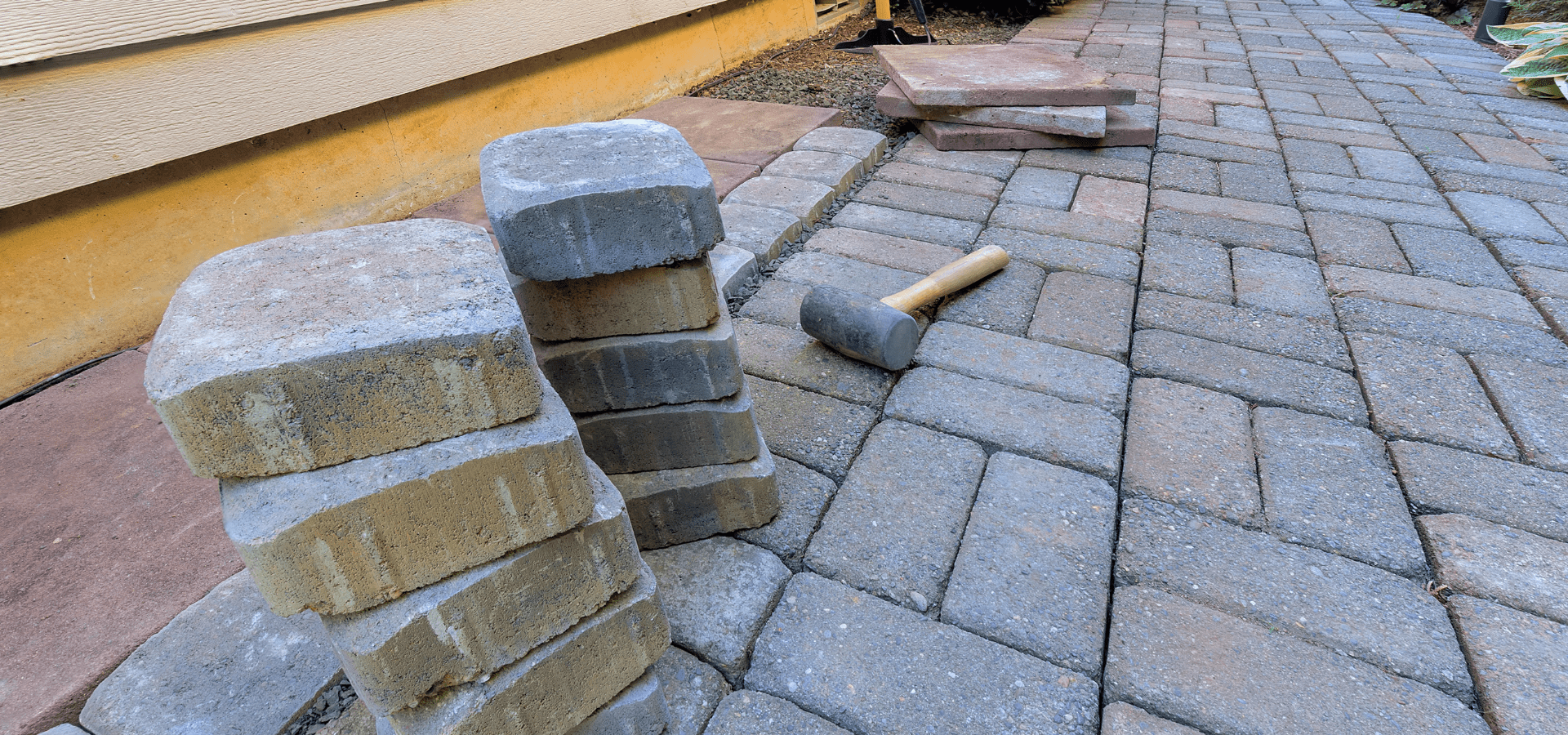
DIY Hardscaping Projects
Hardscaping can include pathways, patios, and retaining walls. Unlike plants, hardscaped features are permanent or semi-permanent structures that add functionality and visual appeal.
They define spaces, create focal points, and enhance the overall layout of your yard. Choosing materials like stone, brick, or concrete depends on your style and budget.
In Richmond's climate, durable materials that withstand heat and occasional frost are ideal. Whether aiming for a cozy patio or a practical pathway, hardscaping converts your outdoor space into a more usable area.
Here are some top hardscaping projects that complement any DIY landscape project.
- Walkways and stepping stones
- Paver blocks
- Patios
- Outdoor living rooms
- Outdoor kitchen and dining areas
- Fire pits and fireplaces
- Retaining walls with built-in seating
- Water features: fountains, ponds, pools, and spas
- Terraced gardens
Richmond Landscapes can provide expert advice on creating a well-thought-out plan for your lawn and garden space.
Create Outdoor Lighting
Outdoor lighting makes your yard safer and more attractive at night. It helps you see pathways and doorways without tripping to find your way.
Lighting can also make your house and plants more welcoming to guests and passersby. Use LED lights and solar-powered options to save energy and money.
- Pathway Lighting: Help you walk safely after dark and highlight pathway features.
- Accent Lighting: Direct floodlights at trees or statues to make them stand out.
- Deck and Patio Lighting: String lights on decks or around patios make them cozy and fun. Wall lights offer task lighting and create a homey atmosphere in seating areas.
- Security Lighting: Lights that turn on when they sense movement keep your home safe.
Sustainable Practices
Xeriscaping or practicing sustainability in your landscaping can benefit the environment and your wallet. Here are some simple practices.
- Water Conservation: Use drip irrigation systems or soaker hoses to water plant roots directly, minimizing evaporation.
- Choose Native Plants: Select plants native to Richmond, as they require less water.
- Mulching: Retain moisture, suppress weeds, and regulate soil temperature.
- Composting: Turn leaves, kitchen scraps, and garden waste into compost. It’s a natural fertilizer that improves soil health and reduces landfill waste.
- Integrated Pest Management (IPM): Use IPM techniques to control pests and diseases with minimal impact on beneficial insects and the environment.
- Avoid Chemicals: Limit synthetic fertilizers and pesticides when possible. Opt for safer organic alternatives for wildlife and waterways.
- Attract Beneficial Insects: Plant flowers that attract pollinators and predatory insects, which help control pests naturally.
- Smart Planting Practices: Group plants with similar water and sunlight needs together.
- Seasonal Maintenance: Regularly prune plants, clean up debris, and adjust watering schedules based on seasonal changes in Richmond's climate.
Conclusion
Want a beautiful backyard? This DIY landscaping guide will help you pick plants, plan your garden, and care for the soil. All in a way that's good for the environment! With a bit of care throughout the year, your yard will look great and give you joy for a long time.
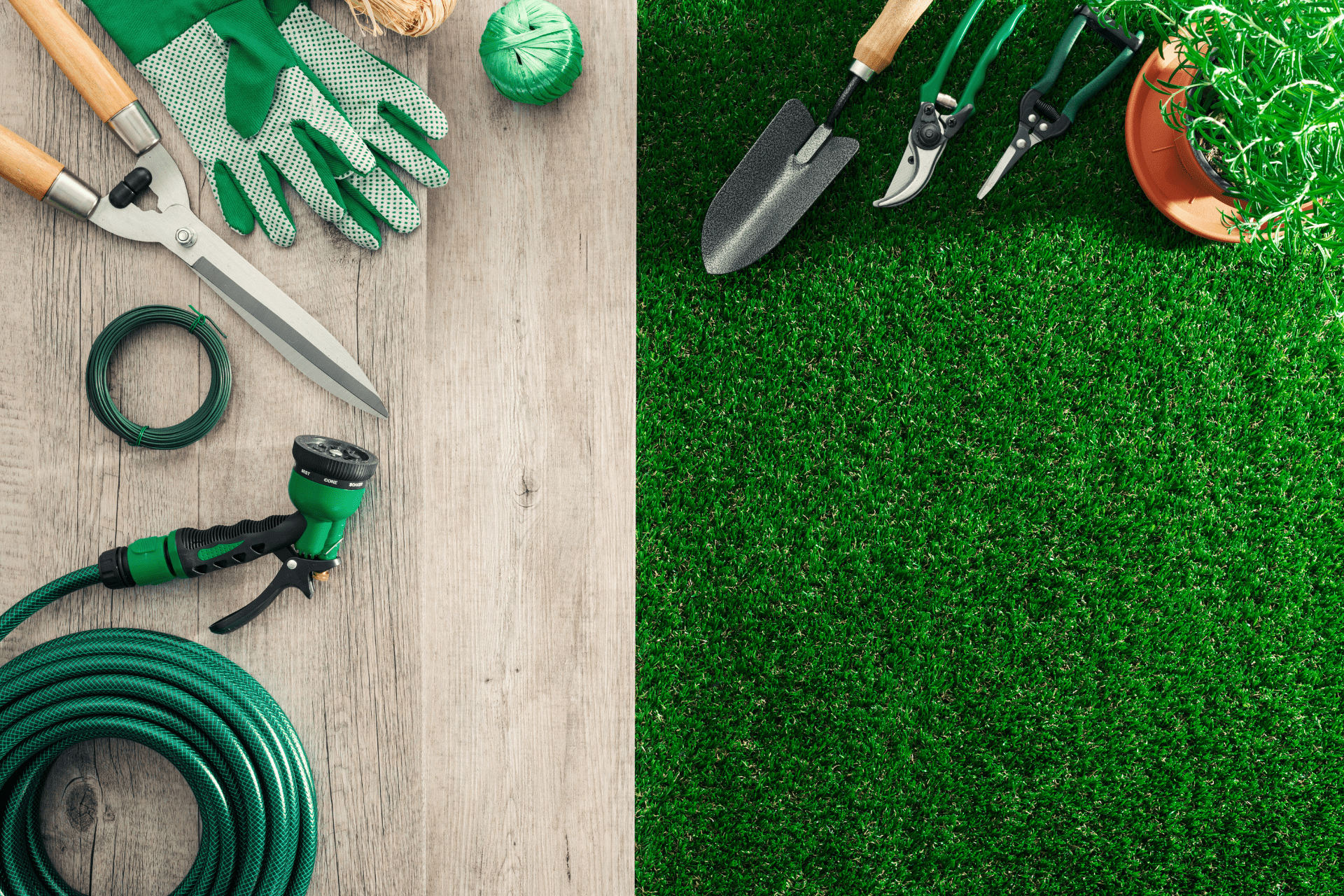
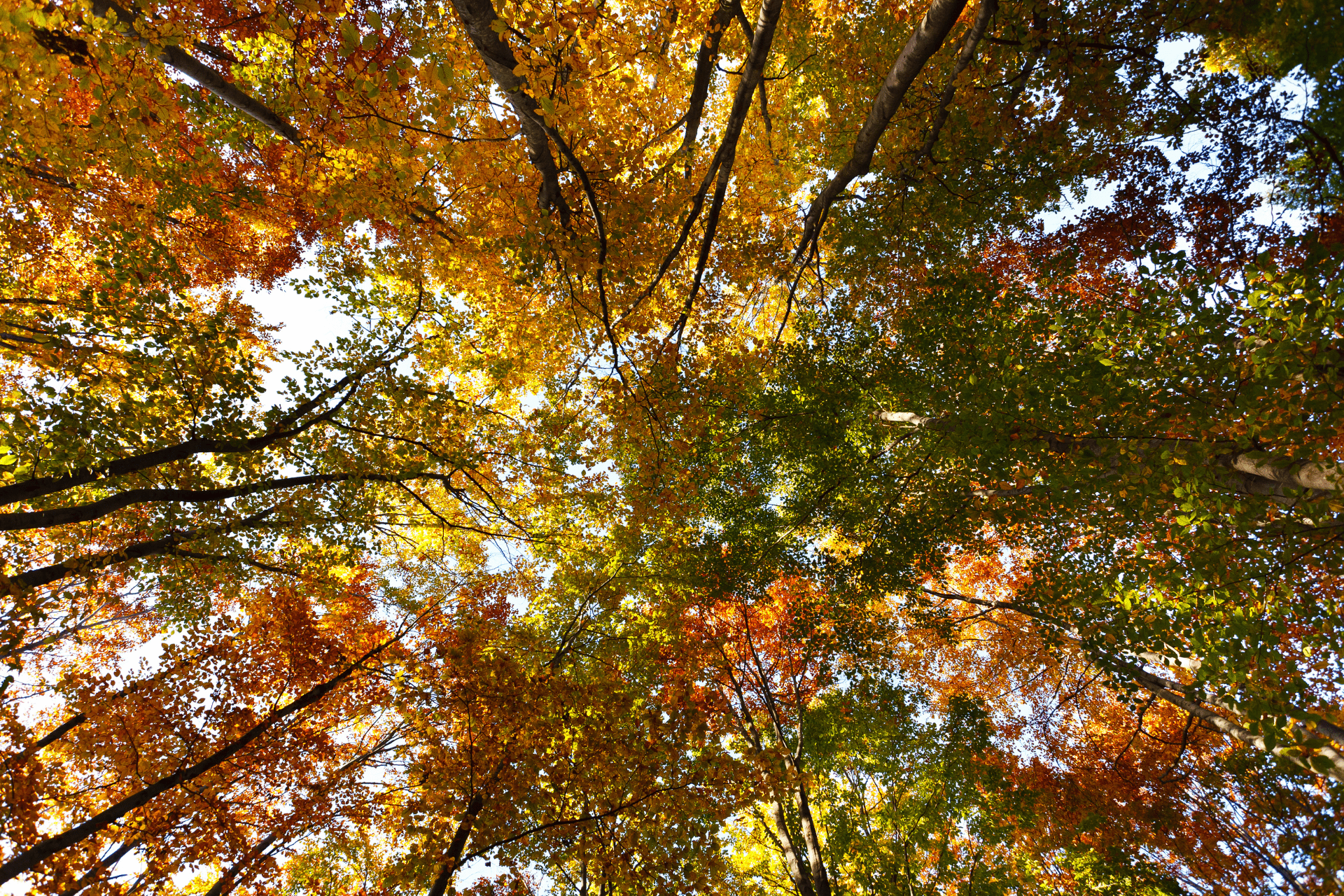

Contact
Richmond (City), Virginia, United States of America
